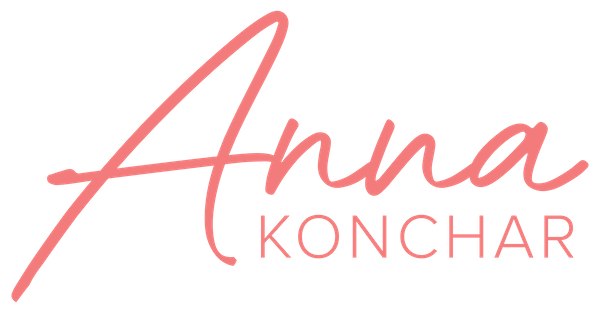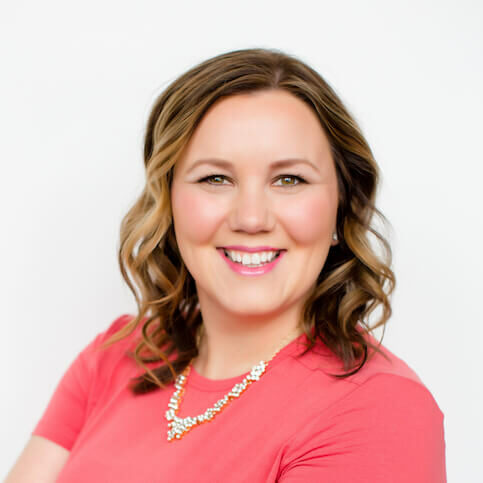Listen on:
Apple PodcastsSpotifyStitcherGoogle Podcasts
I feel like 2020 was the year of this small offer, aka the SLO funnel, which stands for self-liquidating offer. My Facebook and Instagram feeds were filled with $27 templates, $37 trainings and $47 workbooks. These small offers have been all the rage for the last 12 months, so today I want to do a deep dive into these types of small offers and funnels and why they’re not as great as they seem.
So what is a small offer funnel?
Most sales funnels, especially for digital courses and memberships, start with lead generation. The goal of a small offer funnel is to have the revenue from your small offer pay for all or the majority of your lead generation. A small offer is typically priced under $100, and more commonly price under $50.
Although these funnels have been all the rage, this concept is actually far from new. In fact, when I first started in this online digital knowledge information industry five years ago, they were super hot then too, except instead of starting your funnel with a paid offer, you promoted a small offer immediately after someone opted into your free offer.
This is also known as a tripwire. So whether you start your funnel by immediately offering a small paid product, or you offer the small product after someone has opted in to your freebie, the goal of these types of funnels are the same: to have the revenue that you generate from your small offer to pay for all or the majority of your lead generation so you’re basically getting leads for free.
Now this sounds awesome in theory, right?! Everyone wants free leads! But in practice, it’s not all rainbows and sunshine.
Why starting your funnel with a paid offer isn’t as great as it seems
The idea behind starting your funnel with a small paid offer like a $27 template or a $37 master class, is that you not only break even and get leads or buyers for free, but you only attract buyers — But there are huge problems with that.
You’re not going to make a profit
Number one, you’re not going to make a profit from a $27 product, especially if you’re using Facebook and Instagram ads to promote it. You’re probably going to pay more than $27 in ad spend to get someone to buy your $27 product.
This is why if you want to break even in these types of funnels, you need to include things like order bumps and upsells. If you really want to ensure that your small offer funnel is breaking even, you want your average order value to be around $100 or more.
Now, you might be thinking: ‘But Anna, I get e-commerce ads all the time for products that are $27 or even less, how are those people making money?!’
E-commerce stores make money through repeat buyers. They might actually be spending more in order to get you to buy from them once, knowing that as long as you buy from them again, they will make a profit. If they can get someone to buy from them once, that person is a lot more likely to buy again, and that’s when they make their profit.
With small offers, a lot of times you’re actually going to spend more than $27 to get someone to buy your $27 product, and that’s why you have to increase your average order size or the average amount someone spends. You can do that with a digital product by adding order bumps and upsells.
An order bump is another small product that is typically offered on the checkout page. It might be a small line item listed at a small price that you can just check a box and add it to your order.
An upsell is a bigger product. It might be a $97 product that is offered after you have completed your purchase for that small offer. That’s how you’re able to increase your average order value.
The problem with all of this is that at this point, you have now had to create three digital products and offers just to break even and get just one lead for your bigger offer.
So although a $27 product might sound amazing because you can get leads for free, in reality, you’re going to have to create two or three products and get people to buy those to break even and get leads for free.
You’re dramatically limiting the number of people in your warm audience
The second thing I want to point out is that you’re dramatically limiting the number of people you have in your warm audience and in your email list. No one is making a profit off of a $27 product if they’re using ads to promote it. If you read last week’s post, I talk about how typically 1-3% of those people who show interest in your digital product actually buy it, so if the number of leads that you have is already pretty small, the number of people you now have to sell your bigger offer to is even smaller.
On average, you can get someone to opt-in to a free guide for $1-$3 or a webinar for $5-$10. So the number of leads that you have now to promote your larger offer to is a lot smaller because you are having to pay so much more to get someone to buy your small offer product.
From the number of people who are interested in your big offer, typically 1-3% will buy. Your conversion rate might be a little higher because these people that you’re trying to sell your bigger offer to have purchased a small offer from you, but that conversion rate isn’t going to be something like 20%, or enough to make up for the difference between how many leads you get with a free offer, versus the number of leads you’re going to get through a small offer.
On top of that, leads that come through from a small offer have now paid for 1-3 digital products that you’ve created, and they need time to go through those digital products that you’ve created before they’re ready to invest in a higher ticket product.
People who purchase small offers are a completely different audience than those who will purchase high-ticket offers
The third reason why these types of funnels are not all rainbows and sunshine as they pretend to be is that someone who buys a $27 product is at a completely different point and in a different mindset from someone who buys a digital product that is $1,000 or more.
It’s like saying that someone who buys a used car with 100,000 miles on it is the same person as someone who’s in the market for a new luxury vehicle. That’s just not true. Someone who buys a $27 template is at a completely different stage and mindset as someone who’s going to invest in a full digital product, course, or membership.
The other issue is, even though they might eventually be ready for that, it’s going to take time. It’s like the 16-year-old who’s saved $2,000 for her first car might eventually get to the point in her life where she’s in the market for a new luxury vehicle, but it’s going to take time. By the time that she gets there, she might not need a vehicle anymore.
These are just two very different target audiences. So although these small offers or SLO funnels sound amazing, there’s a lot of things that you have to create to just break even. Then number two, you’re also limiting the number of people that you now have to promote your bigger offer to and you’re not going to be profitable unless you have a bigger offer. The type of person that is attracted to a $27 template is completely different than someone who’s ready to invest $1,000 or $2,000 in a complete program. So, again, these might sound awesome, but there are things that you need to understand about them.
How you can generate leads and ensure you make a profit from your offer
If you want to learn how to generate leads and make sure you’re making the money you’re investing in that lead generation and more, that’s exactly what I teach inside Powered by Passive Academy. Even if you have no idea what I’m talking about when it comes to funnels or sales but you’re ready to turn your service or expertise into a passive income stream, still check out Powered by Passive Academy. It teaches you how to choose the right type of funnel and digital product based on what you want from your business, how to ensure you are not limiting the scalability of your product, and how to make sure you’re making back what you’re investing and more so that you have a profitable product. You can learn more and watch the free training right here.
This post may contain affiliate links, which means we receive a tiny commission from the seller at no additional cost to you, if you purchase from them. We only share products and services we have used, tested, and love ourselves!

